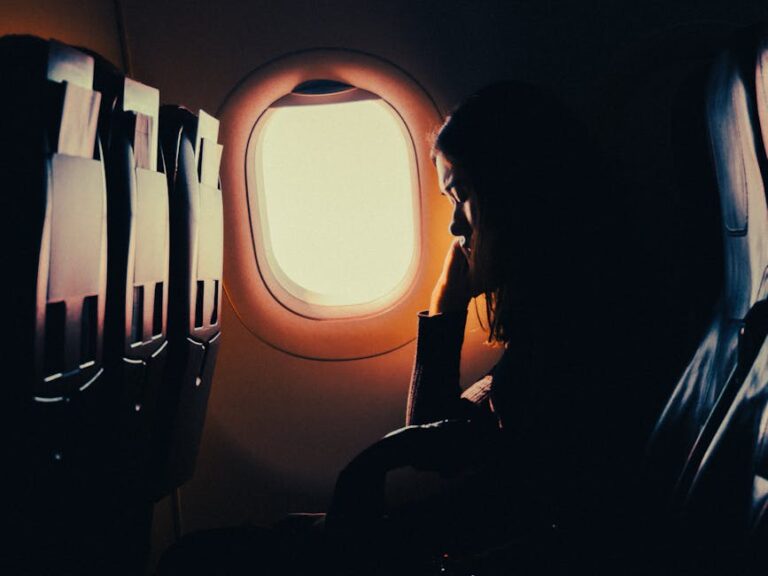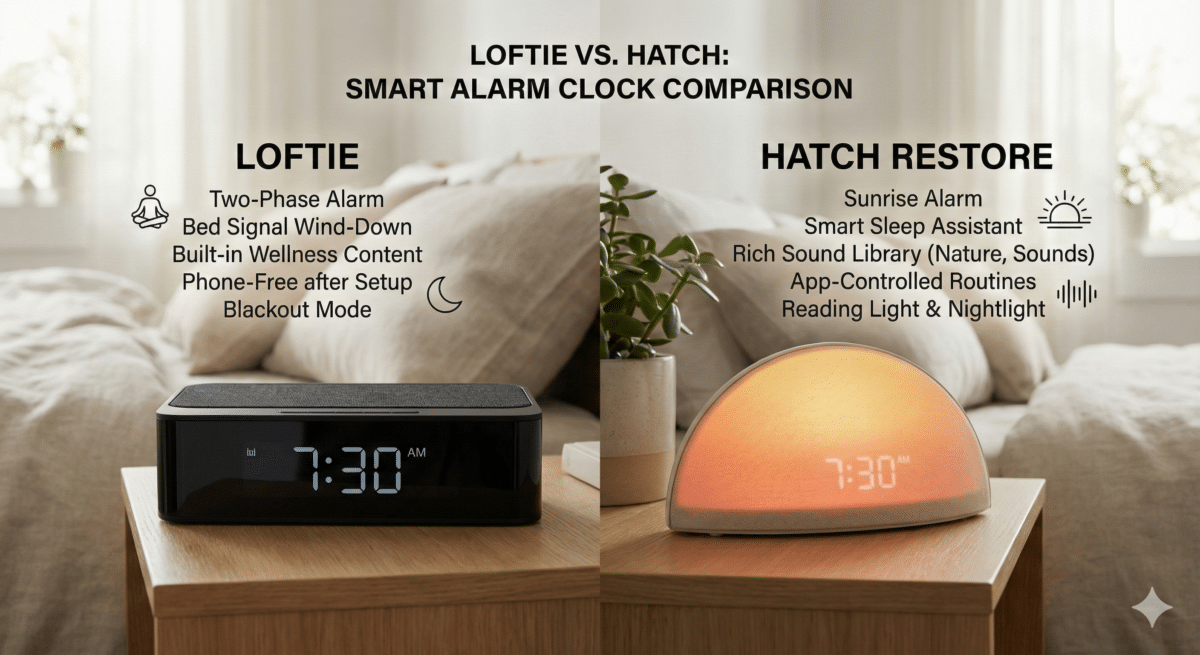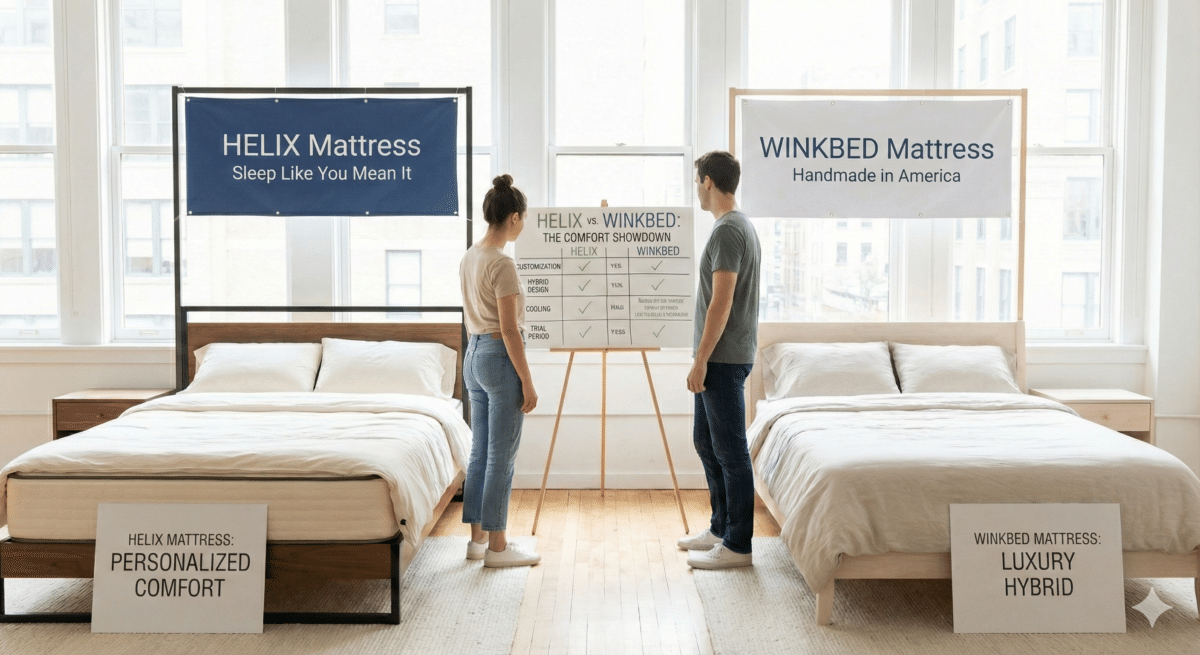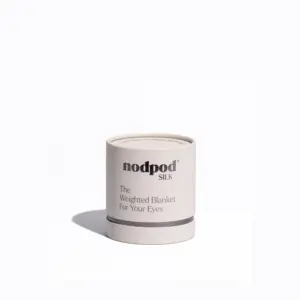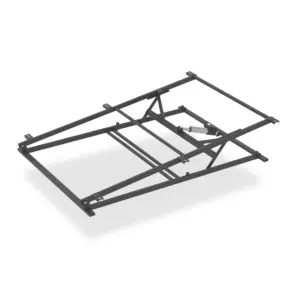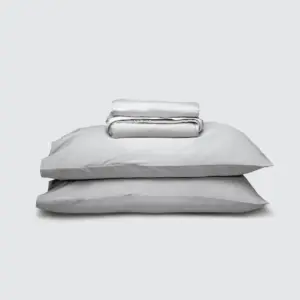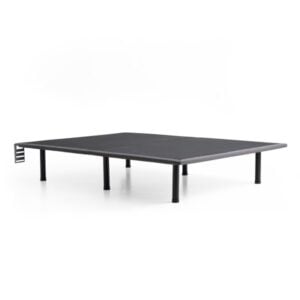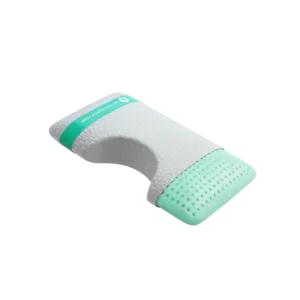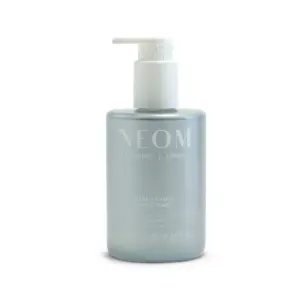One Simple Way to Improve Your Sleep Quality on a Plane in 2025
Rest Well on Your Next Flight
How to sleep on a plane is a challenge many travelers encounter. Whether you’re traveling for business or leisure, experiencing quality rest mid-flight can be daunting due to noise, light, and cramped seating. Fortunately, there are effective strategies to enhance your sleep quality. Here’s a comprehensive checklist to consider for a more restful journey:
– Wear an eye mask
– Use sleep earplugs or noise-canceling headphones
– Bring a supportive travel pillow
– Stay hydrated while avoiding excessive alcohol and caffeine
– Dress comfortably in layers
Arriving at your destination refreshed can significantly improve your travel experience. As someone who has dedicated years to researching sleep quality, I’ve learned vital methods to enhance in-flight comfort, and I’m excited to share them with you.
Prepare Ahead of Time: Adjust Your Sleep Schedule
One of the pivotal steps in improving your sleep quality on a plane is adjusting your body clock before your flight. Familiarizing yourself with the time zone of your destination ahead of boarding can profoundly affect your in-flight rest. Start gradually shifting your sleep schedule a few days in advance. If you’re flying east, try going to bed an hour earlier each night; for westward travel, stay awake an hour longer. This gradual adaptation minimizes jet lag effects and promotes better rest during travel.
Pro Tip: Utilize a time zone calculator to streamline your sleep adjustments—taking this small yet impactful step can make a significant difference upon arrival.
Pack a Sleep Hygiene Kit
A comprehensive sleep hygiene kit can be a game changer for achieving restful sleep on a plane. Here’s what to include:
– Eye Mask: Blocks out unwanted light, signaling to your body that it’s time to relax and sleep.
– Ear Plugs or Noise-Canceling Headphones: Essential for muffling engine noise and other disturbances.
– Neck Pillow: Offers critical support to alleviate neck discomfort.
– Skincare Products: The dry air onboard can leave your skin feeling parched, so consider packing moisturizer and lip balm in compact, reusable travel containers like Cadence Capsules.
Choose the Right Seat for Comfort
Selecting the right seat can drastically affect your ability to sleep well on a flight. Here are some suggestions for seat selection:
– Window Seat: Perfect for those who prefer to lean against the wall and avoid being interrupted by fellow passengers. Travel expert Savy emphasizes, “Choosing the right seat plays a crucial role in sleeping well on a plane.”
– Aisle Seat: Ideal for frequent restroom visits, allowing you to stand up without disturbing others.
– Bulkhead Seat: Provides more legroom but may lack under-seat storage.
– Premium Economy: If your budget permits, these seats often have enhanced space and better recline.
Tip: Most airlines allow seat selection during online check-in. If you have specific seating preferences, consider paying a little extra to secure your ideal spot.
Optimize Your In-Flight Environment
Control Light and Sound
Light and noise can be significant disruptors to sleep on an airplane. Invest in a high-quality eye mask to block out cabin light and consider noise-canceling headphones to drown out the engine hum and chatter. Some frequent fliers recommend portable sound machines to create a peaceful atmosphere.
Stay Hydrated
Hydration is crucial for maintaining comfort during your flight. Drink plenty of water before and throughout your journey, as airplane cabins are notoriously dry. Avoid alcohol and caffeine, which can dehydrate you and disrupt your sleep cycle. Opt for herbal teas or plain water for hydration.
Tip: Bring a reusable water bottle and fill it up after security to ensure you have easy access to hydration during your trip.
Dress Comfortably
The right clothing can significantly influence your sleep quality. Select layers that can be adjusted to the varying temperatures in the cabin, as flights can quickly shift from too hot to too cold. Loose-fitting, soft clothing is best; avoid anything restrictive that may hinder movement. Don’t forget cozy socks—warm feet can help you fall asleep faster.
Tip: Slip-on footwear can also make it easier to remove and adjust your shoes throughout the flight.
Use Sleep Aids Wisely
Sleep aids can be beneficial for achieving better sleep quality on a plane, but they should be used thoughtfully. Here’s a breakdown of common sleep aid options:
Consider Melatonin
Melatonin helps regulate the sleep-wake cycle and can be particularly effective for adjusting to new time zones. It’s advisable to take melatonin about 30 minutes to an hour before you aim to sleep. Always consult with your healthcare provider for the appropriate dosage.
Prescription Sedatives
Stronger sleep aids, like Ambien or Rozerem, offer a quick solution but come with risks, including dependence and side effects like drowsiness the following day. Always consult a doctor before considering these medications.
Natural Supplements
If you prefer a more natural approach, herbal teas, essential oils like lavender, and supplements such as magnesium can also promote relaxation. Sip chamomile tea or use a lavender oil roll-on to enhance calmness before sleep.
In-Flight Sleep Techniques
Buckle Up Over Blanket
A clever trick to maintain undisturbed sleep is to buckle your seatbelt over your blanket. This visibility alerts flight attendants that you’re safely secured during turbulence, minimizing disruptions.
Avoid Heavy Foods
Heavy meals can lead to discomfort and hinder sleep. Opt for light snacks like fruits or nuts that don’t overload your digestion, ensuring you remain comfortable on your flight.
Practice Meditation
Meditation techniques, like simple breathing exercises or visualization practices, can ease your mind and body, making it easier to drift off into sleep amidst the aircraft’s activity.
Frequently Asked Questions About How to Sleep on a Plane
What is the best way to sleep on a plane?
Preparing for your flight through time-zone adjustments, packing a hygiene kit, and choosing the right seat are essential steps to enhance your in-flight sleep quality.
What is the best sedative for flying?
Melatonin is often recommended for its natural ability to help your body adjust to new time zones and promote better sleep. Always consult a healthcare provider before trying prescription sedatives.
Why can’t I sleep on planes?
Factors like cabin noise, uncomfortable seating, and light can all contribute to difficulty sleeping. Utilizing noise-canceling headphones, eye masks, and neck pillows can help mitigate these issues.
Conclusion
At Yawnder, we understand that quality sleep is essential, even at 30,000 feet. Our expertly crafted range of sleep products is designed to enhance your rest, whether on a plane or in a hotel room. From noise-canceling headphones to cozy neck pillows and effective melatonin supplements, we provide everything you need for a restful flight.
What sets us apart is our commitment to quality and convenience, ensuring that all our products meet the highest standards. Plus, with convenient direct-to-door delivery, you can prepare for your travels with ease.
Ready to improve your sleep quality on your next flight? Explore our range of sleep products and embark on your journey toward better sleep today. By implementing the strategies outlined in this guide, you can greatly enhance how to sleep on a plane. Safe travels and sweet dreams await!

